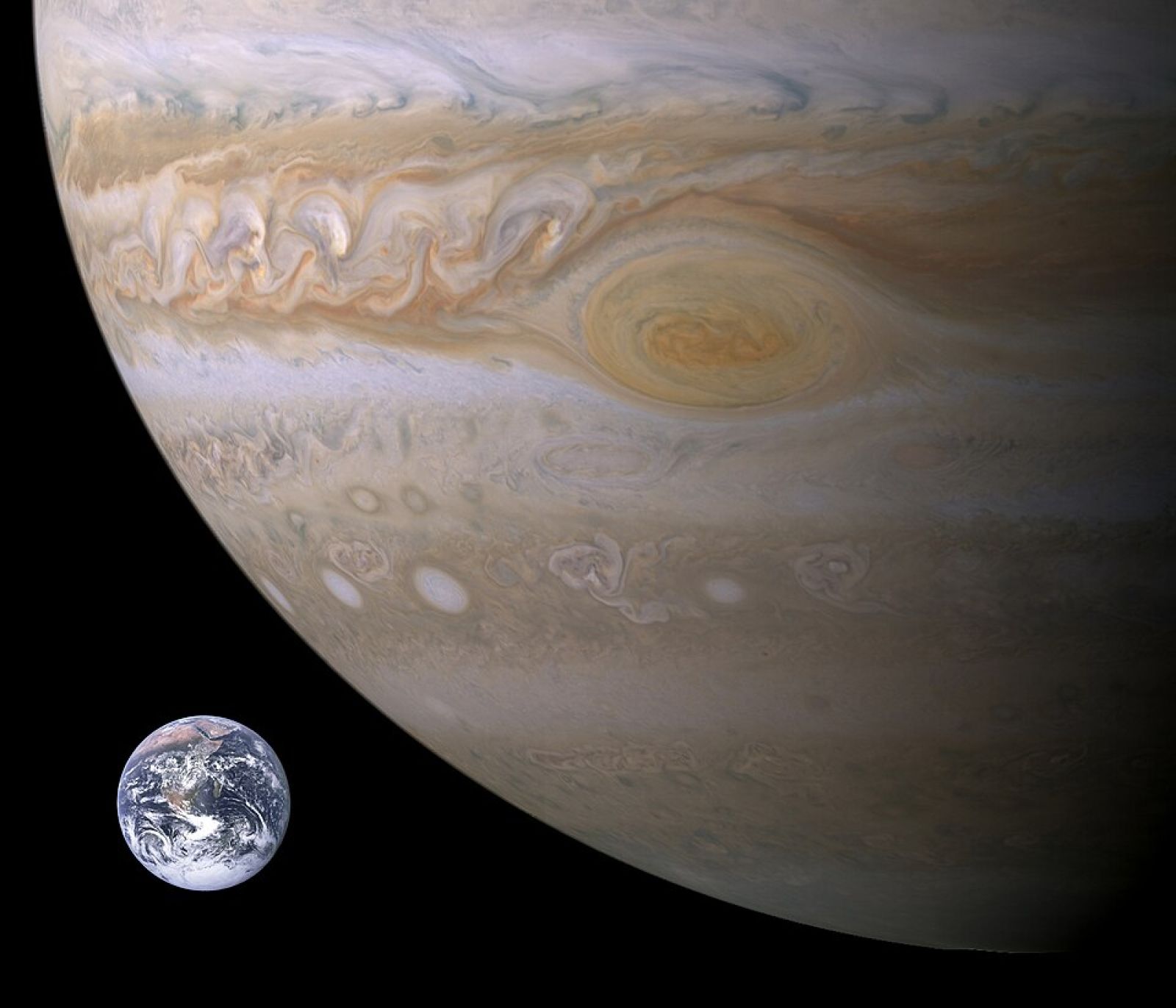Jupiter was once twice as big: discover why 🪐
Follow us on Google News (click on ☆)
Researchers discovered that Jupiter was once about twice as voluminous as it is today. Its magnetic field was also 50 times more powerful, according to calculations published in Nature Astronomy. These findings provide valuable clues about planet formation.
Konstantin Batygin's team used an innovative method to trace Jupiter's history. By studying the orbits of the moons Amalthea and Thebe, they were able to estimate the planet's initial size and rotation. This approach avoids the uncertainties of traditional models.
The data suggest that Jupiter could initially contain over 2,000 Earths in its volume. Over time, the planet lost heat and contracted. Today, it remains the largest planet in the Solar System, capable of holding 1,321 Earths.
The study highlights Jupiter's central role in the formation of the Solar System. Its mass and magnetic field influenced the distribution of matter around the young Sun. These conditions shaped the current architecture of our planetary system.
Researchers consider these results a benchmark for understanding the evolution of the Solar System. They hope these discoveries will guide future studies on the formation of giant planets.
How do Jupiter's moons reveal its past?
The moons Amalthea and Thebe, though small, played a key role in this study. Their slightly tilted orbits allowed researchers to trace the historical position of Io, Jupiter's closest moon.
This information helped determine the inner boundary of Jupiter's circumplanetary disk. By understanding this disk, scientists could estimate Jupiter's initial rotation speed.
The principle of angular momentum conservation was then applied. This made it possible to calculate Jupiter's original size, demonstrating the importance of small celestial bodies in understanding gas giants.
Why was Jupiter's magnetic field so powerful?
Jupiter's magnetic field is generated by electrical conductivity movements in its interior, primarily composed of metallic hydrogen. In its youth, the planet was larger and hotter, increasing these movements.
This colossal magnetic field likely influenced the formation of other planets in the Solar System.
Over time, Jupiter's cooling reduced its internal activity, weakening its magnetic field. This evolution shows how planetary properties change radically over cosmological timescales.
